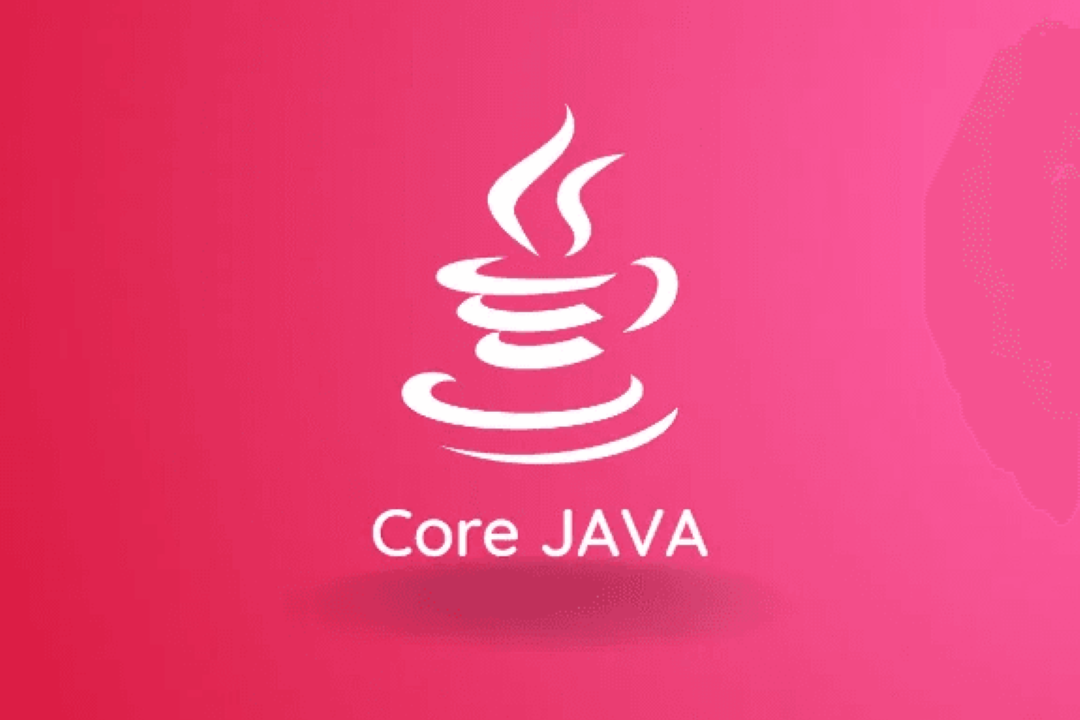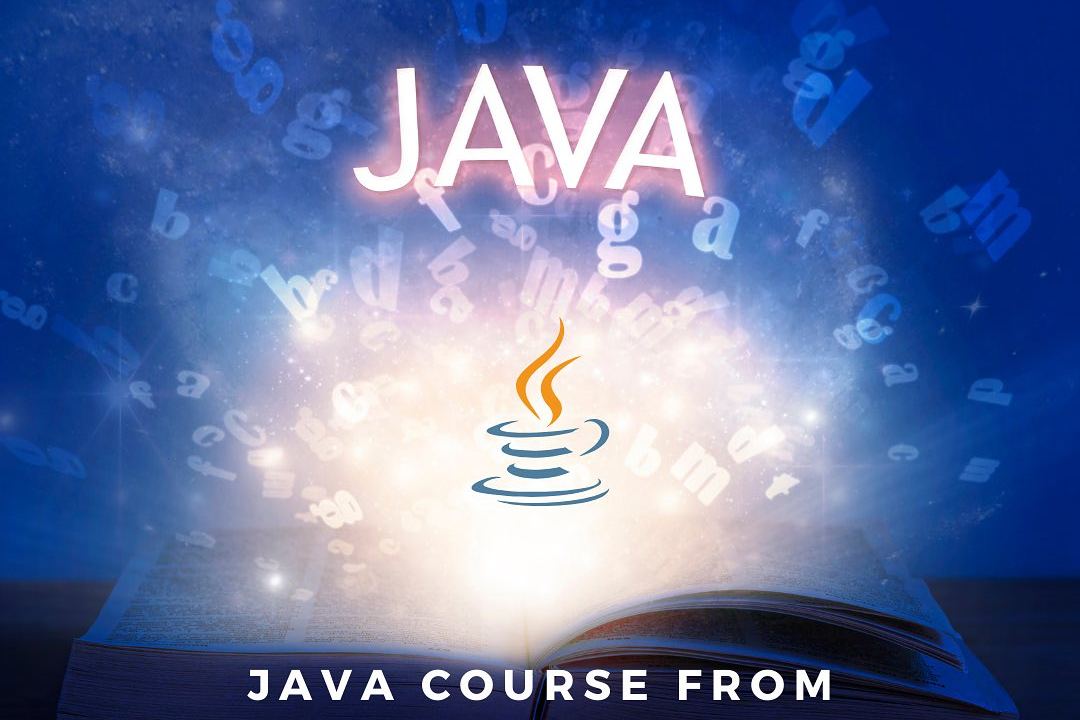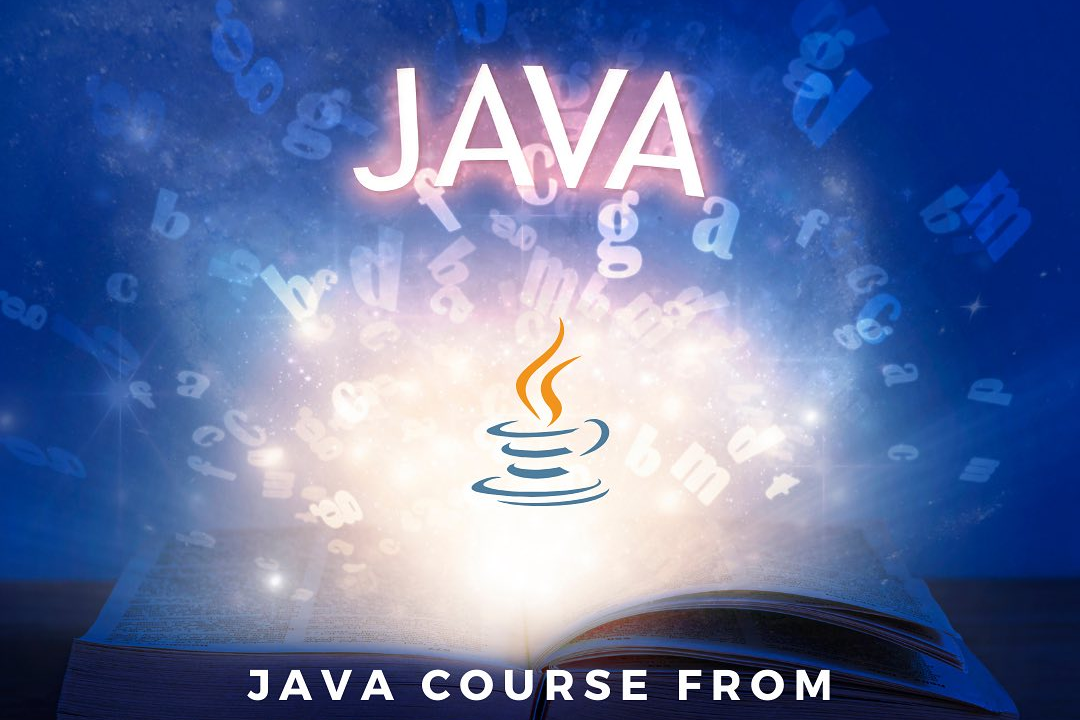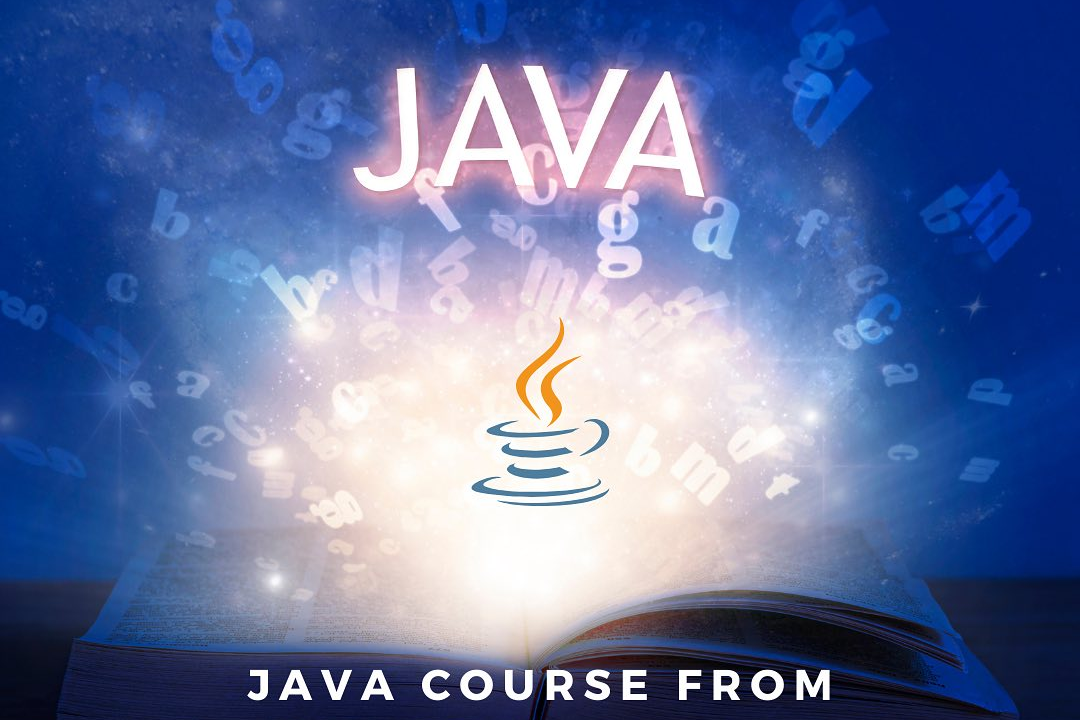Core Java Interview Questions For 6 Years Experience
Top 30 Core Java Interview Questions for Experienced Candidates: 6 Years and Above
Core Java Interview questions for 6 years experience are aimed at evaluating the candidate's knowledge in core Java concepts such as OOPs, exception handling, multithreading, collections, and more. The questions may also focus on their experience in developing Java-based applications and their understanding of design patterns, data structures, and algorithms. The interviewer may also inquire about their expertise in using Java development tools, debugging techniques, and their problem-solving skills. It is essential for the candidate to have a thorough understanding of Java fundamentals and practical experience in developing enterprise-level applications to excel in the interview process. They should also be able to articulate their thought process and explain their approach to solving complex problems in Java programming.
To Download Our Brochure: https://www.justacademy.co/download-brochure-for-free
Message us for more information: +91 9987184296
points
1 - What is encapsulation and why is it important?
Encapsulation is the process of wrapping data and methods into a single unit, known as a class. It helps in data hiding, as the internal working of an object is hidden from the outside world. This ensures that the data is not accidentally accessed or modified by external code, providing security to the data.
2) What is the difference between an abstract class and an interface?
An abstract class can have both abstract and non-abstract methods, while an interface can only have abstract methods. Also, a class can implement multiple interfaces but can only inherit from one abstract class. Interfaces are used to achieve abstraction and multiple inheritance, while abstract classes can also have method implementations and act as a base class for other classes.
3) Can you explain the difference between a constructor and a method?
A constructor is a special method that is responsible for initializing the state of an object when it is created. It has the same name as the class and does not have a return type. On the other hand, a method is used to perform a specific task and can have a return type.
4) What is method overriding?
Method overriding is the process of defining a method in a subclass that has the same signature and return type as a method in the superclass. This allows the subclass to provide its own implementation of the method, overriding the implementation of the superclass.
5) What is method overloading?
Method overloading is the process of defining multiple methods with the same name but different parameters. This allows a method to perform different actions based on the arguments passed to it, improving code readability and reusability.
6) What is the difference between a static and non-static method?
A static method can be called without creating an instance of the class, while a non-static method can only be called on an instance of the class. Static methods are shared among all instances of the class, while non-static methods are specific to each instance.
7) What is a singleton class?
A singleton class is a class that can only have one instance at a time. It is achieved by making the constructor private and providing a static method to access the single instance. This pattern is useful when we want to make sure that only one instance of a class exists, such as in a database connection class.
8) Can you explain the concept of polymorphism?
Polymorphism is the ability of an object to take on different forms. In Java, it can be achieved through method overloading and method overriding. It allows for code reuse and makes the code more flexible and extensible.
9) What is the difference between a shallow copy and a deep copy?
A shallow copy creates a new object and copies the values of the original object's fields to the new object, while a deep copy creates a new object and copies both the values and the references of the original object's fields.
10) What is a package in Java?
A package is a grouping mechanism for related classes and interfaces. It allows for better organization and management of classes and helps to prevent naming conflicts.
11) What is a NullPointerException?
A NullPointerException is an exception that occurs when a program tries to access or manipulate an object that is null (has no value). This can happen when an object is not properly initialized or when it has been explicitly set to null.
12) What is the difference between a StringBuffer and a StringBuilder?
A StringBuffer is a thread-safe, mutable sequence of characters, while a StringBuilder is not thread-safe and it is used for creating mutable string objects. StringBuffer is typically used in multi-threaded environments, while StringBuilder is more efficient in single-threaded environments.
To Download Our Brochure: Click Here
Message us for more information: +91 9987184296
13) What is the difference between a HashMap and a HashTable?
Both HashMap and HashTable are data structures that store values based on key-value pairs. However, HashTable is synchronized and thus thread-safe, while HashMap is not. This means that HashMap performs better in single-threaded environments while HashTable is bet for multi-threaded environments.
14) What is a garbage collector and how does it work?
A garbage collector is a mechanism in Java that is responsible for automatically freeing up the memory occupied by objects that are no longer in use, thus preventing memory leaks. It works by identifying and removing objects without any active references and reclaiming their memory space.
15) Can you explain the difference between an ArrayList and a LinkedList?
An ArrayList is a resizable array data structure, while a LinkedList is a doubly-linked list implementation. This means that ArrayList provides better performance for random access and modification of elements, while LinkedList is better for sequential access and insertion/removal of elements.
Browse our course links : https://www.justacademy.co/all-courses
To Join our FREE DEMO Session: Click Here
Contact Us for more info:
- Message us on Whatsapp: +91 9987184296
- Email id: info@justacademy.co
- Android Java Interview Questions
- Sap Mm Interview Questions For Freshers
- React Js Interview Questions For Senior Developer
- Top 10 Java Interview Questions
- Java Production Support Interview Questionsret












